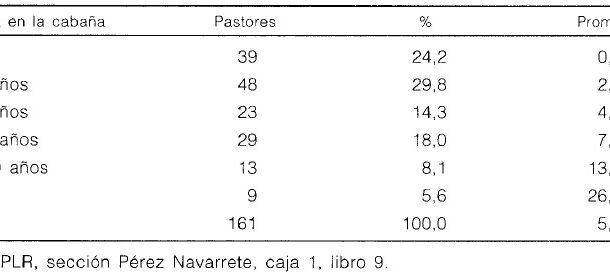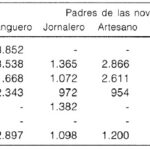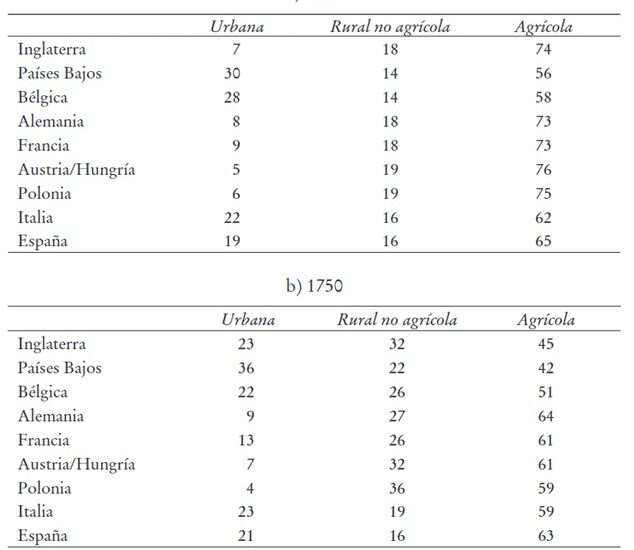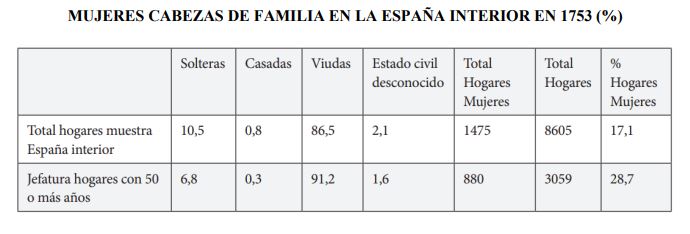
The wife brought to the marriage, either by herself or others on her behalf, a series of assets from the paternal surplus, which constituted the anticipation of a legitimate share received at the time of the creation of a new family. The husband, on the other hand, became the administrator of assets with the obligation to return them to the heirs or the wife herself in the event of divorce. These assets delivered could appear with the estimated price – estimated dowry – or without it, indicating only the description of the assets. As for the estimated dowries, the fluctuations in prices during the century must be taken into account. Therefore, the largest dowries correspond to the deeds involving farmers and graduates; at an intermediate level, although at a considerable distance, are the dowries of cangueros, and the lowest are those of labourers, artisans and service personnel. The goods that appear in them are valued by people who deserve the confidence of the families who subscribe them, as well as citing circumstances for this task, such as the profession (carpenters to evaluate furniture, labourers for the land…). In this sense, the prices granted were not far from the real values, as it must be taken into account that the estimated dowry had the effect of selling the goods to the husband. The overall value, therefore, depended on current circumstances such as the position of the bride among her brothers, the situation of the family at the time of the dowry or the economic level of the groom’s family.
Collection: Statistics
Project: 2. Social and economic impact of technological revolutions in Europe., 3. Rural world and urban world in the formation of the European identity., 9. Travels and travelers: economic, social and cultural connections.
Chronology: XVII
Scope: Secondary Education, Baccalaureate, University
Link: https://www.historiaagraria.com/FILE/articulos/HA21_zarandieta.pdf
Resource type: Statistics
Format: Table
Source: Zarandieta Arenas, Francisco, «Riqueza y consumo en la Baja Extremadura en el siglo XVII. Análisis a través de las cartas de dote», Historia Agraria, 2000 (21), pp. 63–97.
Language: Spanish
Date: 2000
Owner: Álvaro Romero González (Modernalia)
Copyright: © Francisco Zarandieta Arenas © Revista de Historia Agraria
Abstract: Average estimates of the dowries received by husbands from their wives in Extremadura in the 17th century
Image
Tags







